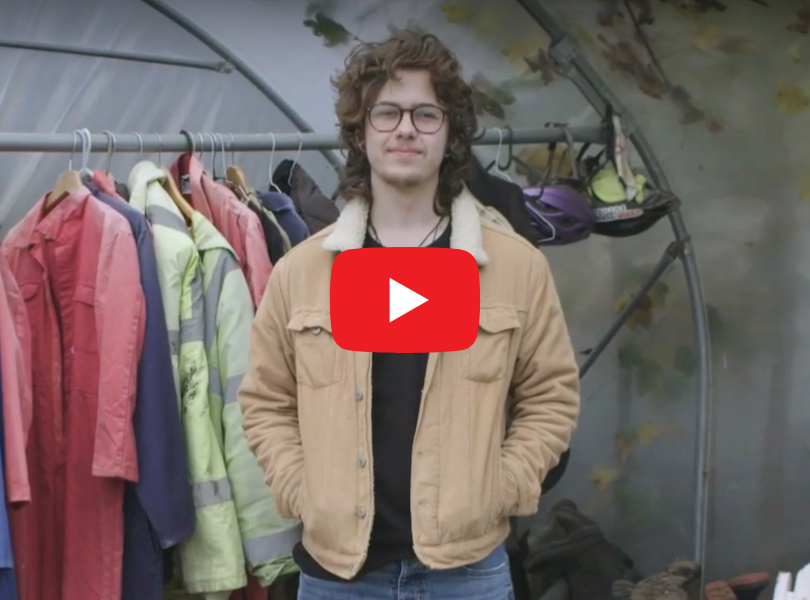As well as high numbers of children who are persistently absent from school, ‘internal truancy’; children being at school but not attending lessons, has become an increasingly challenging issue within education settings across the UK since the Covid pandemic. The scale of the problem is difficult to quantify, as it’s not systematically recorded by schools, but reports by teachers show it’s a pressing concern across the country.
What is internal truancy?
‘Internal truancy’ describes children who are attending school and staying on site during school hours, but avoiding certain lessons, or in some cases, the majority of their lessons, choosing instead to walk the corridors or roam the school site, sometimes in large groups.
A recent Educational Psychology report identifies that the profile of a young person who is internally truant could differ significantly to that of a typical young person who is absent from school totally (especially those exhibiting Emotionally-Based School Avoidance). The report highlights that those children internally truant are typically more outgoing and extroverted and often enjoy coming to school for the social experience. This means they are likely to have influence over other young people, encouraging others to leave their lessons, and may be more likely to disregard authority or sanctions.
What drives this behaviour?
Although the temptation is often to jump straight to finding solutions, it’s important to consider why this behaviour has increased so significantly.
Tish Feilden (Co-Founder of Jamie’s Farm) and Julie Tonks (Therapy Coordinator at Jamie’s Farm Bath), share their insights into why this might be happening from conversations with young people:
- Lack of relevance: Young people increasingly tell us that the content of the curriculum doesn’t align with their interests, experiences, or future aspirations. When young people fail to perceive the relevance of lessons to their lives, they often disengage and find other avenues to channel their energy into.
- Limited opportunities for creativity: Many young people tell us that they feel some lessons are uninspiring and lack opportunities to engage with their peers. Without opportunities for active participation and collaborative projects, students are more likely to prioritise social connections outside of lessons.
- Social and emotional factors/undiagnosed SEND: Internal truancy can also be a manifestation of underlying social or emotional issues. Students grappling with anxiety, depression, bullying, or problems at home may withdraw into themselves as a coping mechanism.
- Lack of positive relationships: Insufficient support structures, including limited connections to trusted adults and their peers can exacerbate feelings of isolation and detachment among students.
- Fear of failure: Young people tell us that a demanding curriculum with a focus on exams and grades can cultivate a culture of performance anxiety for some, and the pressure of academic expectations on pupils who may have missed large chunks of learning due the pandemic can lead them to feel like a failure in some lessons, and therefore they attempt to avoid them totally.
Addressing Internal Truancy
Ben Wills (Assistant Headteacher at Bedminster Down), explained the issue at his school, identifying that large groups of young people were roaming corridors and behaving badly during school hours, often with one or two ringleaders. School sanctions, including suspensions, were proving ineffective, with young people instead welcoming suspensions as ‘a day off school’. Staff morale was low, due to the excessive amounts of time spent dealing with this group of young people and relationships between staff and young people were suffering as a result. Ben and his team looked at why these young people were behaving in this way, and came up with an action plan to combat the issue, including:
- Clear boundaries: Ben’s team introduced clear boundaries about leaving lessons. Children needed to have a pass to be out of the classroom for any reason, making it immediately obvious which children were not meant to be in the corridor and allowing the adults to focus their efforts on the right children in a timely way. Ben also moved his desk into the corridor for a chunk of every day, to be present for young people and to be able to keep track of the movements of students.
- Connection: By building in just 10 minutes of 1:1 time at the start of the day for these young people to connect with a trusted adult, they were able to share any issues they might be facing or what they might need to succeed that day, rather than act this out. This enabled young people to build positive relationships with school staff and discuss some of the factors leading to class avoidance.
- Introducing sanctions that children really wanted to avoid: Ben emphasises that sanctions need to act as a real deterrent, so rather than day long suspensions at home, the school organised 1 – 3 day suspensions to instead be taken in internal referral units at other secondary schools in the local area. They found that this alone led to a significant reduction in the behaviour.
Overall, these approaches have had a significant effect on the levels of internal truancy, and Ben explains that the situation is now far more manageable, with staff morale much improved and relationships between staff and pupils more positive. It has also triggered a shift in subject teachers understanding the need for their support in building relationships with young people, rather than solely relying on the pastoral teams to fulfil this role.
Looking ahead
As well as these immediate responses to the problem of internal truancy, Tish reiterates that in the long term, it’s important to think more broadly about what might make schools a more engaging and welcoming place for young people.
Life for children has changed dramatically over recent years, with huge technological advances including AI meaning that the world of work is likely to look very different when young people enter the workforce. The education system needs to catch up with these advances, ensuring that young people see the relevance of what they are learning to their own futures.
We know that a sense of belonging is key to improving attendance, and in order to build this, schools need time and resources to build community links, include parents in school life and encourage teachers to create a sense of belonging in their individual classrooms, including time for celebration and shared fun. All this supports engagement and motivation for students.
Schools should also be empowered to prioritise the development of social and emotional skills. Whatever the future holds for them in terms of work, young people will almost certainly continue to need good communication skills, the ability to build relationships with others and to make responsible decisions. Ensuring these essential skills are prioritised is far more likely to engage and inspire young people.
Internal truancy is a complex and multi-faceted issue, and one which must be considered through the lens of young people. By understanding the underlying reasons behind the behaviour, we can develop appropriate and effective responses in the short term. But when looking to the future, shouldn’t we be building an education system that young people really want to engage with?



